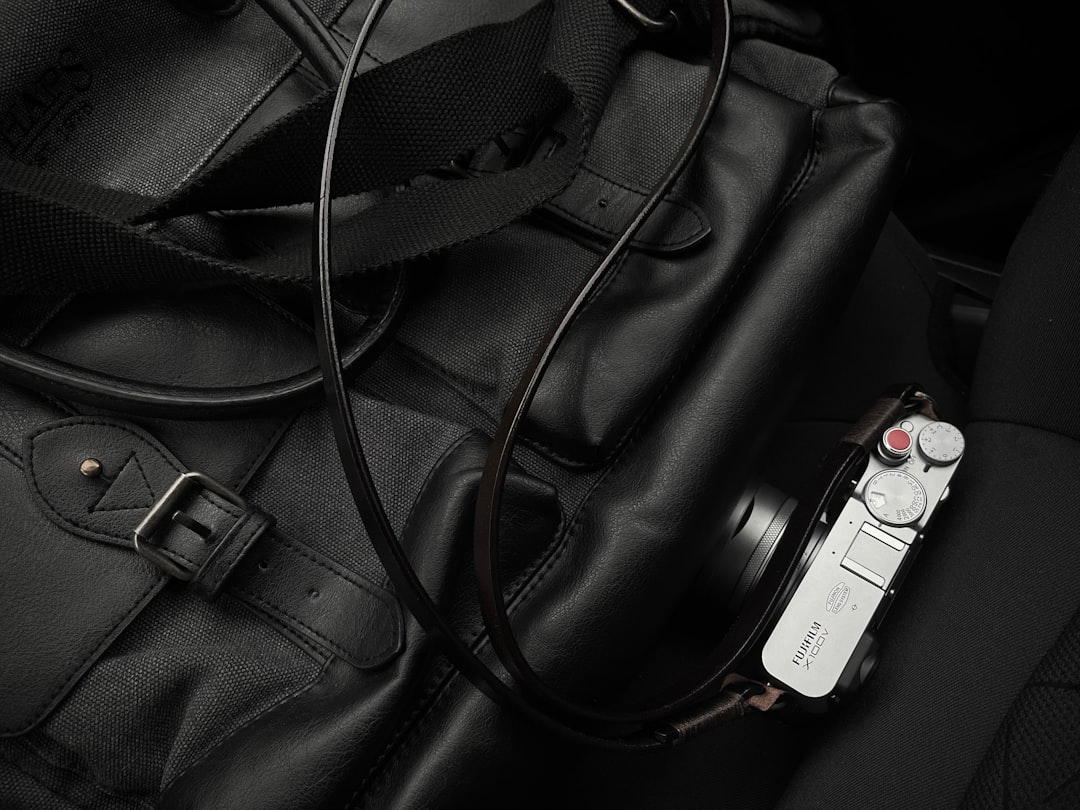The PlayStation Vita remains a beloved handheld gaming console among retro gamers and collectors. However, one issue that users sometimes face after opening their device—perhaps to replace the battery, clean internals, or upgrade a component—is that the D-Pad and joystick stop functioning properly or cease working altogether. If you’ve recently opened your PS Vita and are encountering this frustrating issue, this guide will walk you through a methodical process to help identify and resolve the problem.
Understanding the Problem
When buttons like the D-Pad or analog joystick stop responding after opening the PS Vita, it’s typically due to one of the following reasons:
- Loose or improperly connected ribbon cables
- Misalignment of internal components
- Damaged connectors or traces on the motherboard
- Dirt, dust, or debris preventing proper contact
Fixing the issue involves patience, attention to detail, and ideally, an anti-static workstation to prevent damage to sensitive components.
Step-by-Step Fix
1. Power Down and Reopen Carefully
First, ensure your PS Vita is completely powered off. Remove the memory card and game cartridge, then re-open the shell using the correct tools—preferably a plastic pry tool and a precision screwdriver. Take special care not to damage any clips or ribbon cables. If you own a PS Vita 1000 or 2000 model, the disassembly approach will vary slightly due to their structural differences.

2. Check Ribbon Cables
Once opened, visually inspect the internal ribbon cables connected to the joystick and D-Pad. These thin flat cables can easily become loose or even disconnected during reassembly. Use the following checklist:
- Joystick ribbons: Ensure the analog stick cable is fully inserted and the locking latch is secure.
- D-Pad ribbons: Verify the D-Pad’s conductive film is aligned and connected to its corresponding circuit on the motherboard.
- Screen cable: Sometimes the touchscreen cable, if partially connected, can interfere with the input mechanisms.
Gently re-seat any cables you suspect might be loose. Do not use excessive force, as the connectors are fragile.
3. Inspect the Joystick and D-Pad Modules
If cables are intact, the next step is to examine the physical buttons and joystick module. These may appear properly mounted but could actually be out of alignment.
Make sure the joystick module lies flush against the PCB. The module’s pins should be completely aligned with the solder pads. If not, remove the module carefully and reseat it. Similarly, inspect the D-Pad *rubber membrane*—a mispositioned membrane can prevent button presses from registering.

4. Clean Contacts
Accumulated dust or remnants of cleaning agents can also affect performance if left on ribbon cable connectors or button contacts. Use isopropyl alcohol (90% or higher) and a lint-free cloth or cotton swab to gently clean the exposed connectors on cables and boards. Allow them to dry fully before reassembly.
5. Carefully Reassemble and Test
Once you’ve checked cables, modules, and surfaces, it’s time to reassemble the unit. Make sure all screws are replaced to avoid uneven pressure, which can cause contact issues. Turn on the PS Vita and test input directly on the home screen or within a game menu where joystick response can be immediately seen.
If you notice limited movement or lag, recalibrate in system settings if possible, though most fixes should stem from the hardware side.
If It Still Isn’t Working…
If after following these steps your D-Pad or joystick is still unresponsive, it’s possible that:
- A connector or trace on the motherboard was damaged during disassembly
- The joystick module itself is faulty and needs replacement
- The ribbon cable has broken or splintered internally
In this case, sourcing replacement parts from a reputable seller or consulting a professional technician is advisable. Avoid using off-brand or low-quality parts, as these may introduce new problems or fail prematurely.
Prevention Tips
To minimize the risk of these types of issues in future openings or modifications:
- Use an anti-static wrist strap and work in a clean, static-free environment
- Refer to detailed disassembly guides specific to your PS Vita model
- Label each screw and part during disassembly to ensure proper reassembly
- Never rush the process or force components into place
Repairing a PS Vita is a delicate process, but with the right approach and care, you can often restore full functionality to your D-Pad and joystick. Remember, if your device still does not respond after these efforts, professional assistance may be necessary to avoid further damage.
Taking a methodical, cautious approach when opening and repairing your PS Vita is not just a matter of success—it’s the best way to protect the longevity and playability of this cherished device.


